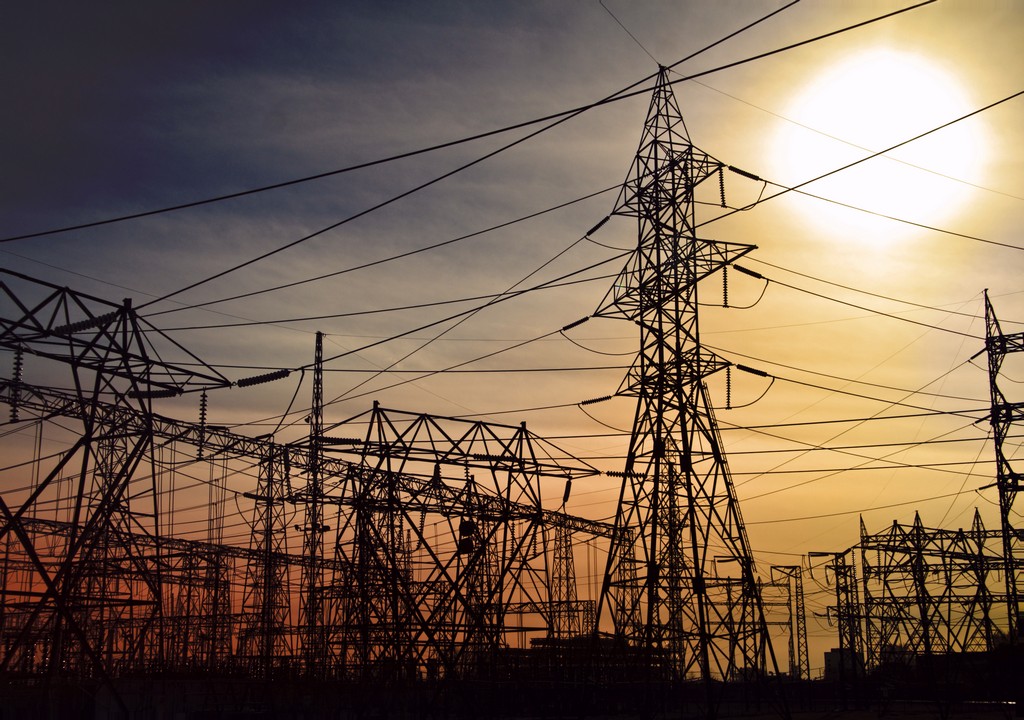DOE prepares for supply-demand situation in summer
- February 19, 2020
- 0

“DOE called NGCP and Meralco to a meeting to discuss the summer 2020 supply-demand situation,” Meralco utility economics head Lawrence Fernandez was quoted in a BusinessMirror report.
DOE Assistant Secretary Redentor Delola noted that the department has instructed Meralco and NGCP to be fully prepared to handle foreseeable situations to prevent outages.
Delola added that NGCP will include in its ILP their directly connected customers.
“On the maintenance schedule, the schedules have been moved. NGCP also has to ensure that they have contracted ancillary service. Also, they must fast-track some transmission lines projects to allow generation from incoming plants like GNPD [GN Power Dinginin],” Delola added.
Meanwhile, Meralco will ask its partner establishments to turn on their power generators whenever a shortage in supply is experienced, instead of drawing power directly from the grid.
“In case there are forced outages by the power generators, Meralco has measures in place to ensure continued, reliable service to our customers. It continues to reach out to partner customers to implement the ILP in order to augment the power supply needed in households in Luzon during times of challenged supply,” Meralco spokesman Joe Zaldarriaga said.
Aside from this, Meralco advised consumers to practice energy efficiency and participate in the Peak-Off Peak Program.
For the part of electric cooperatives (ECs), the National Electrification Administration (NEA) told ECs to prepare their contingency plans such as the demand-side management programs and maximizing embedded power plants in summer.
Embedded power plants are those that are not connected to the grid but will still supply power to certain areas.
Luzon has a total capacity of 11.96 MW from embedded plants, while Visayas has 10.42 MW of combined capacity.
“We have already advised ECs that do not have embedded power plants to initiate demand-side management programs, wherein the ECs will work with big electricity consumers in order for them to reduce their usage when demand is high or when an alert level is issued,” said NEA.
NEA has also recommended that ERC eforce load curtailment or load shedding in their respective coverage areas if needed.